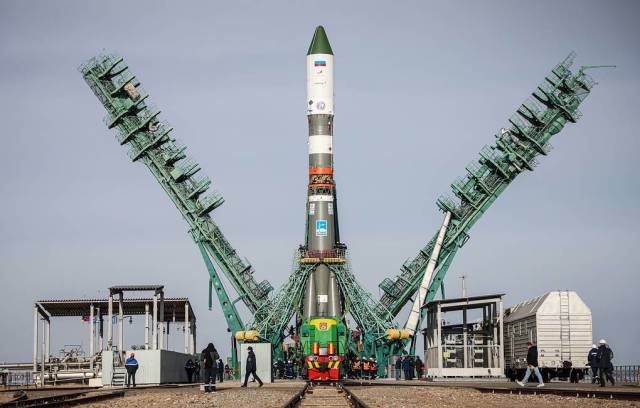Moscow. January 23. INTERFAX - The Soyuz-2 medium-class launch vehicle (RN) will be operated for another ten years, work is currently underway to improve it, said Dmitry Rogozin, head of Roscosmos.
"We proceed from the fact that in 2025-2026 we are waiting for a boom in rocket science. Therefore, our work on the Soyuz-5 rocket, on improving the Soyuz-2, which, I think, will fly for another ten years, on the Amur-LNG rockets and the Angara family will remain in demand," Rogozin said in an interview with the Russian Cosmos magazine.
According to him, all the Russian missiles being developed "may not even be enough to meet the entire global demand."
In 2021, Roscosmos conducted 25 space launches, 22 of them were carried out by Soyuz-2 rockets.
On September 6, Rogozin announced that in the future, the Soyuz-2 is planned to be replaced by the Amur-LNG rocket
The Soyuz-2 series launch vehicles are developed on the basis of the Soyuz-U serial launch vehicle. The head developer is JSC "RCC "Progress" (Samara). The development of the Soyuz-2 launch vehicle was carried out on the basis of the Soyuz rocket in two stages (stages 1a and 1b).
The first test launch of the Soyuz-2 launch vehicle of stage 1a successfully took place on November 8, 2004 from the Plesetsk cosmodrome.
The first commercial launch of the Soyuz-2 stage 1a launch vehicle was carried out in 2006 with the European meteorological spacecraft Metop.
Flight tests of the Soyuz-2 launch vehicle of stage 1b took place on December 27, 2006 with the launch of the French Corot research vehicle from the Baikonur cosmodrome.
In relation to the operating conditions at the Guiana Space Center, the Soyuz-2 launch vehicles have been refined in terms of safety (receiving commands from the Ground to terminate the flight), tele-measurement systems (decimeter frequency range with a European telemetry frame structure) and resistance to high humidity, sea transportation, etc. - Soyuz ST-A and Soyuz-ST-B launch vehicles. The rocket uses a head fairing with a diameter of 4.11 m.

